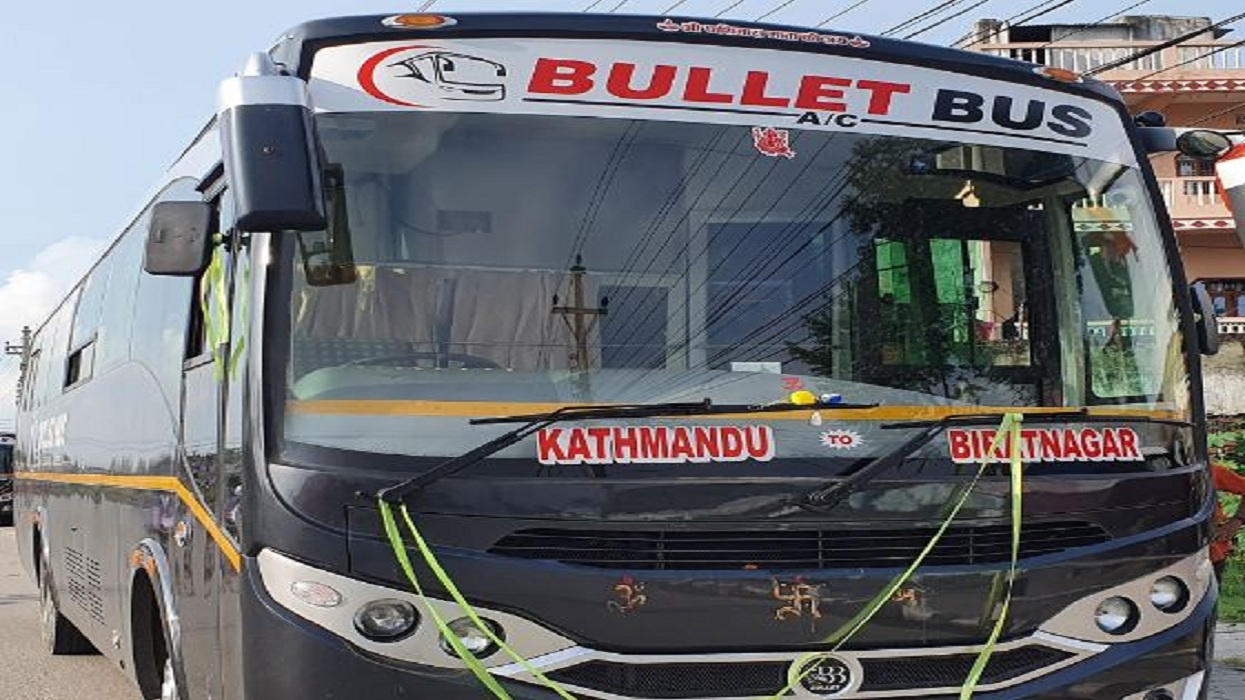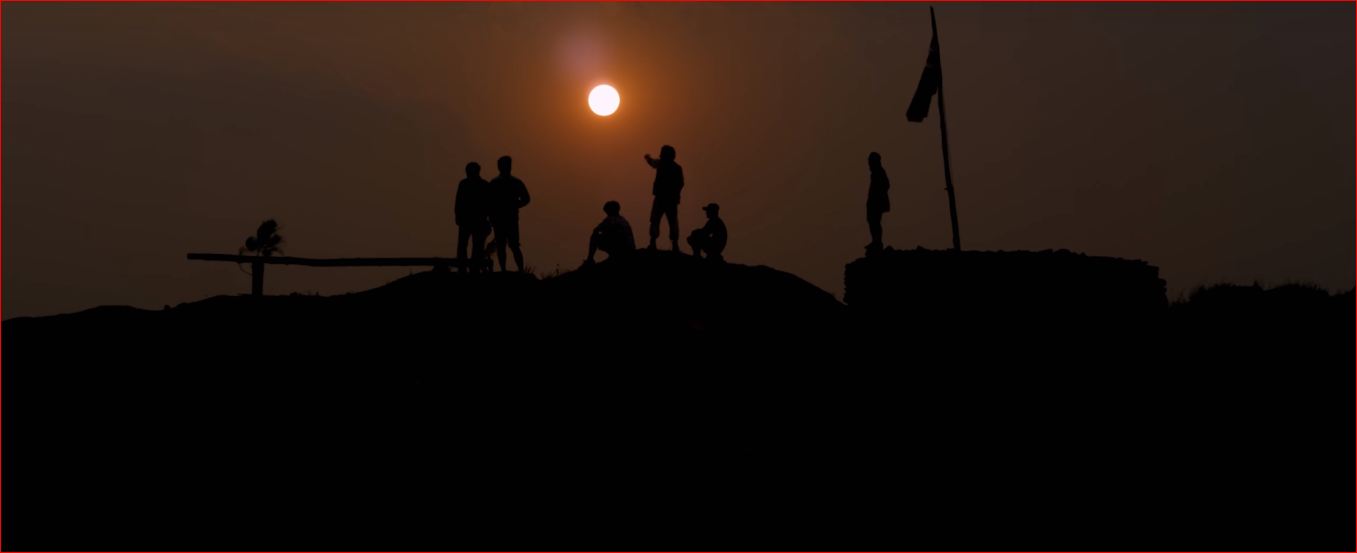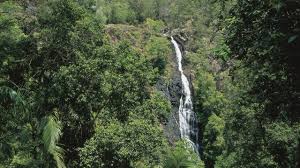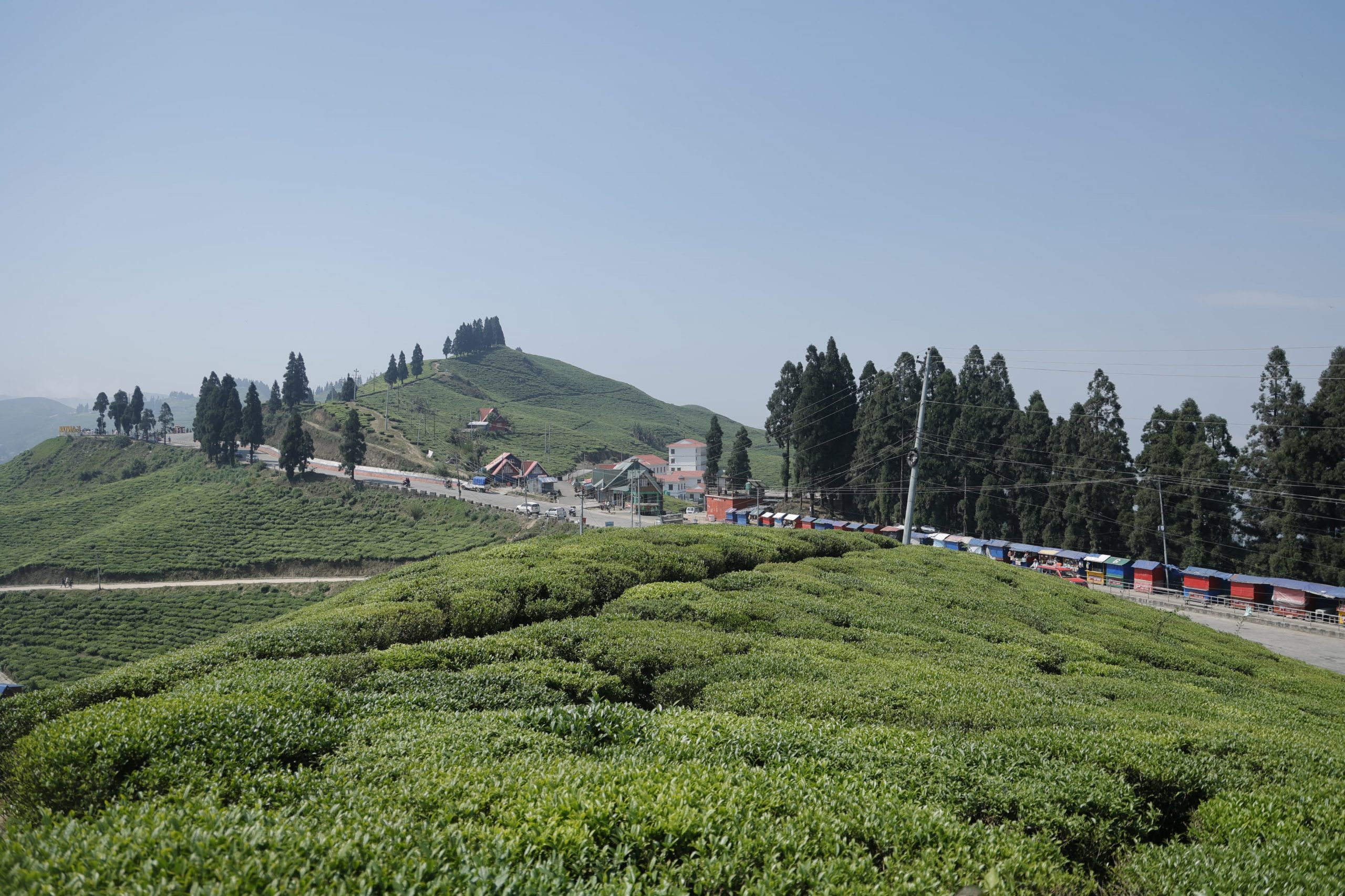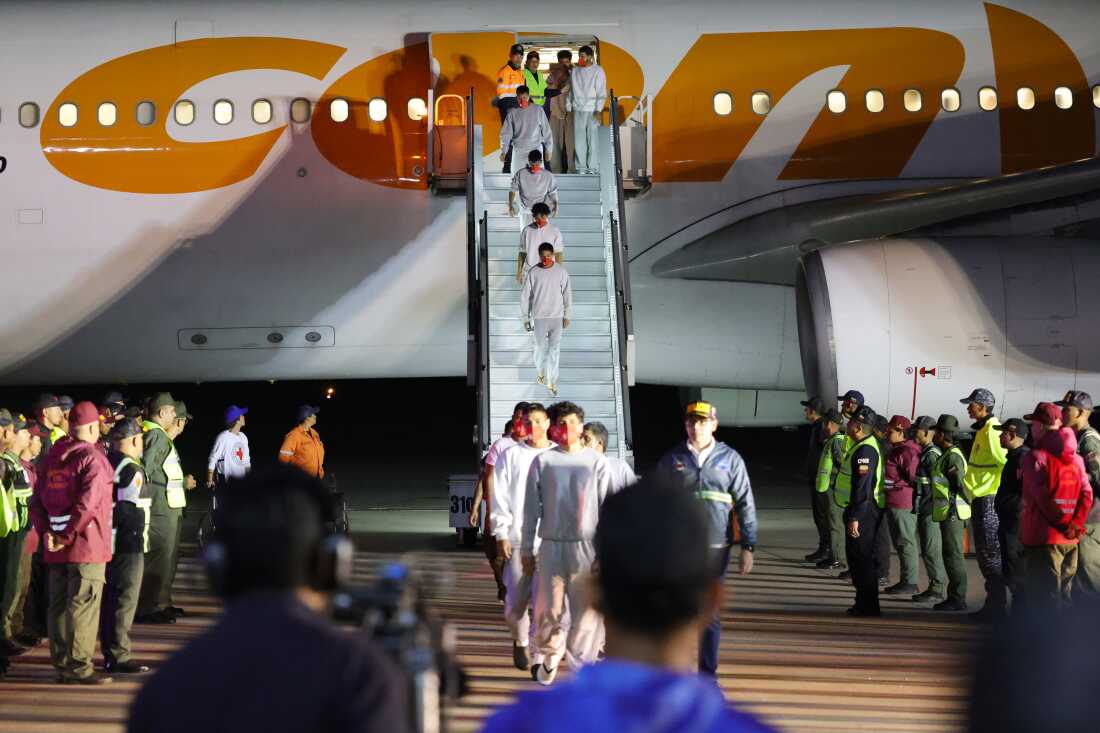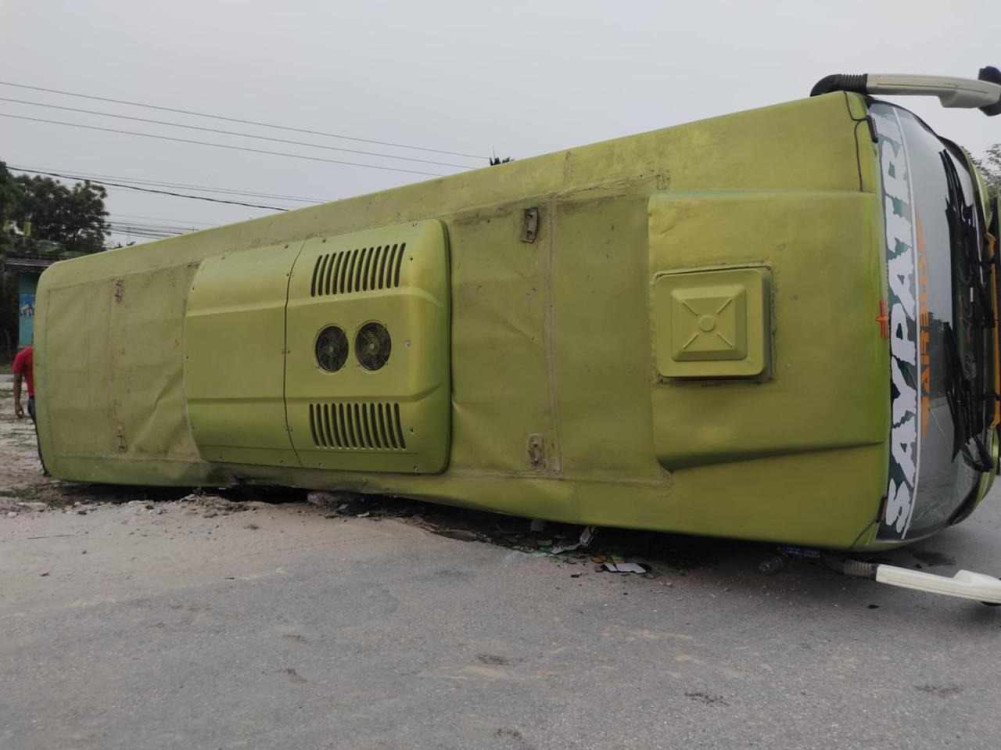Essential things to know before trekking in Nepal
From the iconic Everest Base Camp to the breathtaking Annapurna Circuit, the country offers a variety of trails for both beginners and experienced adventurers.
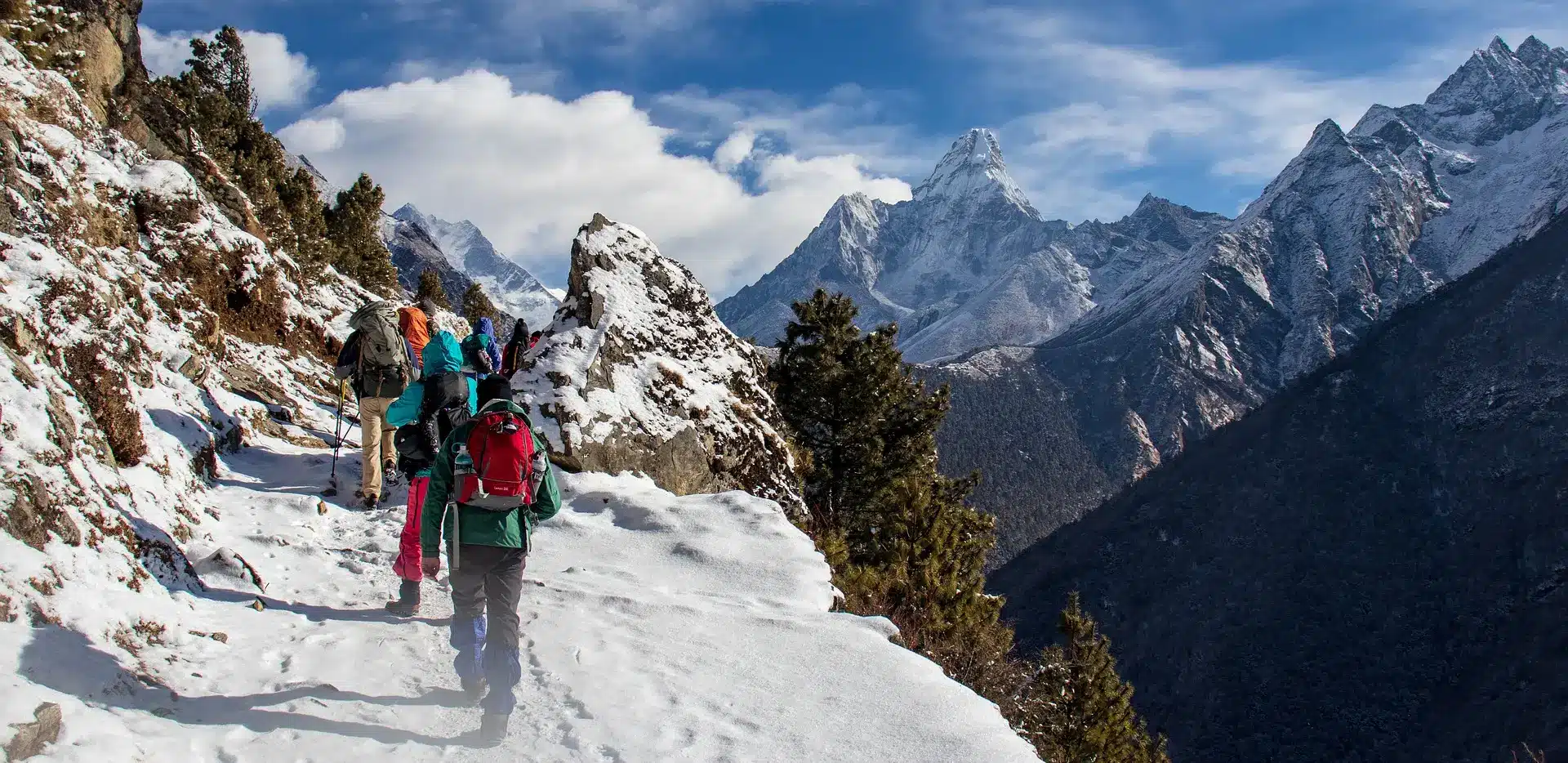
KATHMANDU: Nepal, home to the world’s highest peaks, is a dream destination for trekkers from across the globe.
From the iconic Everest Base Camp to the breathtaking Annapurna Circuit, the country offers a variety of trails for both beginners and experienced adventurers.
However, trekking in Nepal requires thorough preparation, as the rugged terrain, unpredictable weather, and high-altitude conditions can pose serious challenges.
Whether you’re planning a solo adventure or a guided trek, understanding the essential aspects of Nepal’s trekking culture, permits, safety measures, and local customs is crucial for a successful and enjoyable journey.
Trekking in Nepal is an incredible adventure, but there are some essential things to know before you go. Here’s a detailed guide:
1. Choose the Right Trek
- Trek Type: Nepal offers a range of treks, from easy, low-altitude treks to challenging, high-altitude routes like Everest Base Camp or Annapurna Circuit. Choose based on your fitness level and experience.
- Difficulty: Some treks are more strenuous and involve longer days of walking at higher altitudes. If you’re new to trekking, start with easier treks like Ghorepani Poon Hill or Langtang Valley.
2. Altitude and Acclimatization
- Altitude Sickness: As you climb higher, the air gets thinner, which can cause altitude sickness. Symptoms include headaches, dizziness, and shortness of breath. To avoid this, make sure to acclimatize by taking rest days and ascend slowly.
- Altitude Gain: Most treks in Nepal are above 2,500 meters, and some go up to 5,000 meters or higher. Always be mindful of your body’s reactions to high altitude.
3. Best Time to Trek
- Spring (March to May): The weather is pleasant, with blooming rhododendron forests and clear skies.
- Autumn (September to November): This is the most popular trekking season, with stable weather and excellent views.
- Avoid Monsoon (June to August): The trails are slippery, and there’s a high risk of landslides.
4. Permits and Documentation
- TIMS Card (Trekkers’ Information Management System): Almost all trekking regions in Nepal require a TIMS card for registration.
- National Park Permit: If you trek through areas like the Annapurna or Sagarmatha (Everest) regions, you’ll need a national park permit.
- Check with Local Authorities: Make sure you’re aware of any additional permits required for restricted areas.
5. Physical Preparation
- Fitness: Trekking in Nepal can be demanding, so it’s important to be in good physical condition. Regular cardio exercises, like walking or hiking on uneven ground, will help build endurance.
- Mental Readiness: Nepal’s remote trails can be physically taxing and mentally challenging. Patience, determination, and a positive attitude are key.
6. What to Pack
- Clothing: Layered clothing works best in the variable weather. Bring lightweight, moisture-wicking clothes, a warm jacket, and waterproof gear.
- Footwear: High-quality trekking boots are a must. Make sure they’re broken in to avoid blisters.
- Sleeping Bag: If you’re staying in tea houses, you may need a sleeping bag, especially in higher altitudes where it gets cold at night.
- Basic Gear: Include a headlamp, trekking poles, first-aid kit, water bottles or hydration system, and a power bank for charging electronics.
7. Food and Water
- Tea Houses: Most trekking routes have tea houses (basic lodges), but the food is often limited to basic rice, dal (lentil soup), noodles, and potatoes.
- Water: Always purify your water using iodine tablets, water filters, or UV sterilizers. Bottled water is also available but can be expensive and environmentally damaging.
8. Weather Conditions
- Unpredictable Weather: Be prepared for sudden weather changes, including rain, snow, or strong winds. It’s advisable to check the weather forecast regularly.
- Sun Protection: At high altitudes, UV rays are much stronger. Bring sunscreen, sunglasses, and a hat to protect yourself.
9. Insurance
- Travel Insurance: Make sure you have comprehensive travel insurance that covers trekking, emergency evacuation, and medical costs.
- Helicopter Evacuation: In case of severe altitude sickness or an injury, a helicopter evacuation is sometimes necessary. Insurance is essential for covering such emergencies.
10. Local Culture and Etiquette
- Respect Local Traditions: Nepal is culturally rich, with diverse communities such as the Sherpas, Gurungs, and Tamangs. Be respectful to local customs, traditions, and religious practices.
- Plastic Waste: Be mindful of littering, especially plastic bottles. Carry your waste and dispose of it responsibly.
- Buddhist and Hindu Practices: When passing monasteries or religious sites, show respect by walking around them clockwise and avoiding touching religious items.
11. Guide and Porter
- Hiring a Guide: A guide can help you navigate unfamiliar routes and provide insights into local culture. They can also help you in emergencies.
- Hiring a Porter: If you’re carrying heavy bags, hiring a porter to carry your luggage is common. It’s also a great way to support the local economy.
12. Health and Safety
- Vaccinations: Make sure you’re up-to-date on necessary vaccinations, including Hepatitis A, B, Typhoid, and Tetanus.
- First-Aid Kit: Carry a well-stocked first-aid kit with essentials like band-aids, antiseptics, painkillers, and altitude sickness medication.
13. Cash and ATM Availability
- Nepalese Rupee: Cash is king in Nepal, especially in remote areas. ATMs are available in Kathmandu, Pokhara, and other big cities, but are scarce on the trails. Bring enough cash for your trek.
14. Connectivity
- Internet and Mobile Signals: While major towns have Wi-Fi, internet speeds can be slow in remote areas. Some teahouses offer Wi-Fi for a fee, and mobile signal is available in most trekking regions.
Trekking in Nepal is a rewarding experience with breathtaking landscapes, rich culture, and a sense of accomplishment.

